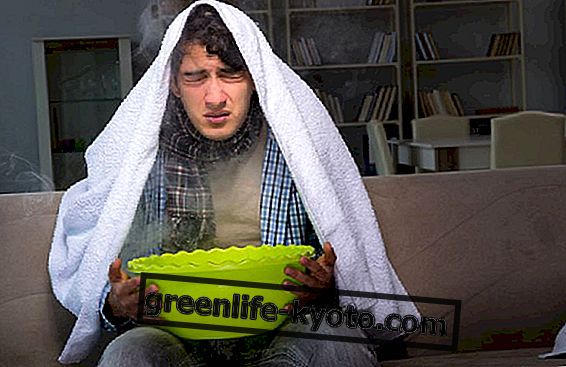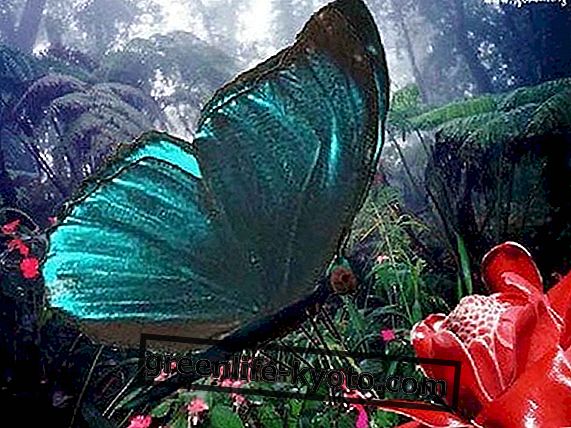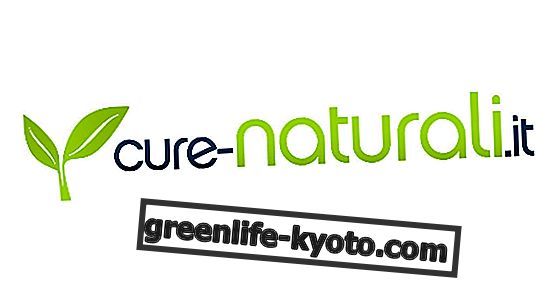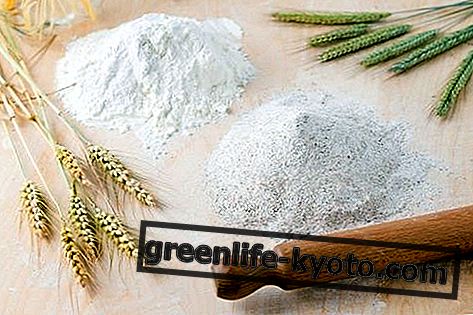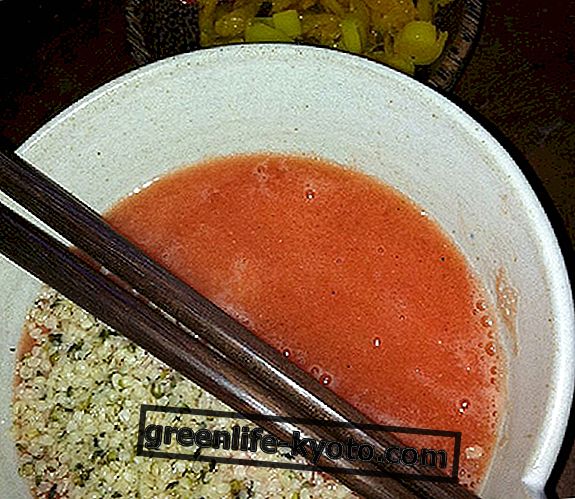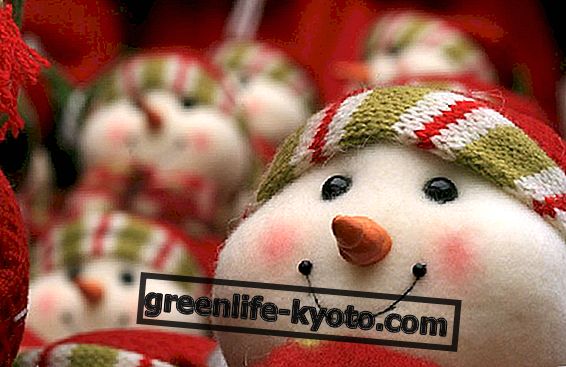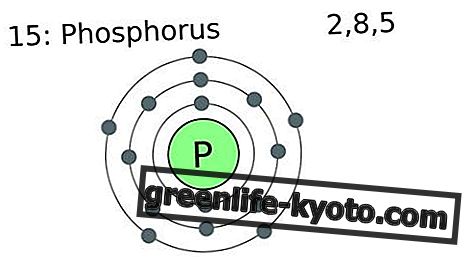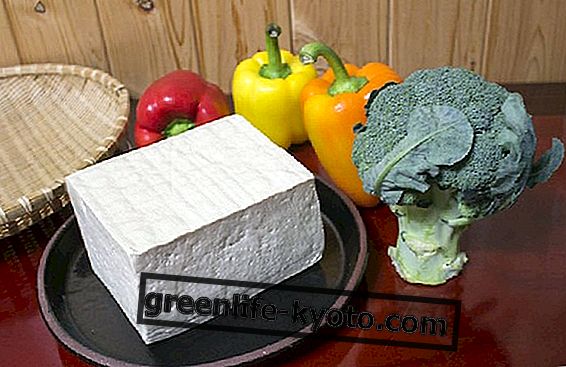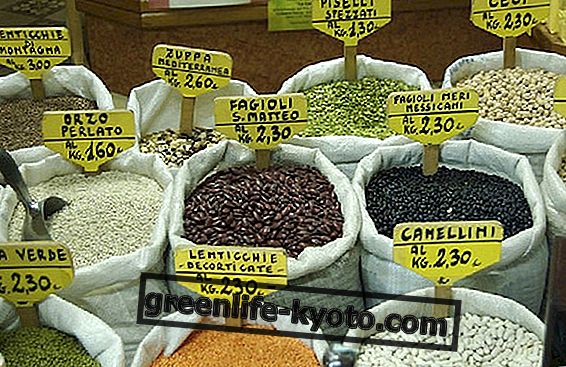
Surely spring with its new colors and the soft warmth that comes from the sun also brings man the desire for renewal.
The season thus allows you to put your hands on garden tools, to start looking for the seeds for new crops and encourages you to create new green and colored spaces or to recover old forgotten areas.
The terraces and balconies of the house are perfect areas to turn into colorful flower paintings, especially with the blossoming of May flowers.
The choice of which flowers to grow remains to be done carefully, learning to know which flowers are the most suitable for our climate and for the area in which we want to arrange them. Let's get to know which are the best May flowers.
The primroses

Among the first flowers to bloom in spring we have the primroses that already in March begin to peep out with their pastel tones from yellow to pink.
The wild primroses are very rustic and grow well in any type of soil as long as there is humus and good humidity.
Moreover they do not like the direct sun in fact the primroses are flowers that grow in the undergrowth where the sun's rays do not arrive. The shape of their corolla is simple and composed of a few light yellow petals.
On the contrary, primroses sold in nurseries as ornamental have been created with more petals and very bright corollas that reach red, violet, blue and intense orange.
These ornamental primroses have been selected and bred by humans precisely to obtain larger flowers and with prolonged flowering times while the primula vulgaris which is the spontaneous ancestor of the primula has a shorter flowering which begins at the end of winter and ends in spring.
The colors of the primroses and their flowering make these plants truly excellent for creating colorful areas in vases and flowerbeds on the terrace. They are also excellent to associate with other spring flowers such as violets.
The violets

Violets are spontaneous plants that begin to bloom right at the beginning of spring and bloom in the undergrowth releasing a sweet fragrance.
Violet is known to man both for its delicate beauty and for its taste being an edible flower and also for its health-promoting properties.
It extracts active ingredients and perfumed essences both for cosmetic products and for flavoring sweets. The spontaneous violet is purple although more rarely it will be possible to see variegated in the petals of white or yellow.
The violets that are sold in ornamental nurseries have a much larger flower and colors ranging from red to pink, from yellow to orange, from violet to white.
The spontaneous violet, however, remains the one that is more intense as a fragrance and as a seedling is also easier and more rustic to cultivate.
The violets love the humid and dark areas as well as the primroses with which they share the cultural needs.
For this reason it is possible to transplant the seedlings of violets and primroses between the end of the rut and the beginning of spring in common pots.
Violets can also be grown in layers with little soil and are therefore very adaptable to small spaces to be decorated in the terrace or balcony areas. Even an old teapot can be hung and become the cradle for some violet plants.
The lobelia

Lobelia is a very rustic plant that offers a rich cascade of small, deep blue flowers . Some more particular varieties bloom in corollas always in tubular form but with a blue, white and even pale pink color.
Lobelia is an excellent flower to be cultivated in pots on the balcony precisely because its prolonged flowering gives color for a long time. In fact, its flowers begin to open between April and May and then finish to bloom only with the appearance of the first frosts at the end of autumn.
This plant loves shaded areas and is therefore suitable for those areas on the balcony that are not exposed to direct sunlight but that we still want to make pleasing to the eye.
The lobelia tolerates well the thermal excursion, loves a cool climate and a good presence of humidity.
The variety of Lobelia Erinus that is native to the lands of Africa is also excellent cultivated together with geraniums, managing to better withstand the direct rays of the sun.
The hanging vessels are for lobelia the best positions to be able to show off its intense falling back cascade.
The geranium

Geraniums are among the most used and most loved balcony flowers . These plants have a very long flowering and start from spring until the end of summer.
The color of geraniums is also very colorful from red to yellow, from orange to purple, from pink to white with even some shades selling black-blue.
The most common geraniums have a simple corolla and an intense red color while the most sought after have corollas with more petals and even undulations and lace-like shapes on the petals.
Geraniums are flowers that are transplanted into pots in spring in a universal soil with added peat to allow good drainage.
In fact the geraniums suffer from the stagnation of water so they will have to be watered only when the soil is dry on the surface . In summer, however, the waterings will have to be abundant even once a day in the weeks when the temperatures and the sun will be more intense.
The geraniums bear well the summer but on the contrary in winter they must be repaired inside as soon as the temperatures drop below 15 degrees.
Also for these flowers the vases on the terrace are very suitable and can also adorn the window sills thanks to the varieties of hanging geraniums.
They are even excellent for keeping insects such as mosquitoes away thanks to the smell and the repellent essence that flowers give off.

